Which lighting fixture for living room dining room?
Choosing the right living room light or the right dining room light is a key step to create an atmosphere that is welcoming, functional, and aesthetic. Lighting structures the volumes, enhances the decor, and contributes to the overall ambiance of the room. Whether your space is open or separate, a well-thought-out fixture transforms your dining room into a warm and friendly living space. In this article, we guide you step by step to find the model suited to your needs, taking into account the size of your table, your interior style, and the type of lighting to prioritize.
How to choose the size of the light fixture for a dining room?
The diameter of your pendant should never exceed the width of your table. Generally, a fixture of 60 to 80 cm is recommended for a table 120 to 150 cm long. If your ceiling height is less than 2.5 m, consider a ceiling light or spotlights to avoid visually overloading the space. We help you in these articles to know at what height to position a wall sconce and what height for a pendant light.
4 tips for better lighting for a living-dining room?
In an open space where the living room and dining room coexist, light plays a fundamental role. It structures volumes, enhances decoration, and helps create a warm atmosphere. For these two zones to harmoniously interact, the lighting must be carefully planned.
Create a coherent ambiance between living room and dining room

Even if each space has its function, it is important to maintain a certain visual unity. The dining room light fixture can correspond to that of the living room through the play of materials, shades, or design. Strong mismatches are avoided: an industrial light fixture above the table will, for example, go very well with a metal floor lamp at the other end of the room.
Multiply light sources
The ideal is to layer several types of light: a pendant above the table, wall sconces to highlight a decorative wall, an ambient lamp in a reading corner... This play of light layers allows modulating the atmosphere according to the time of day, without ever creating shadowy areas.
Direct lighting, but adjustable
The central pendant must provide sufficiently direct lighting for meals. Adding a dimmer is a real plus: it allows you to adjust the light intensity depending on the time or desired atmosphere. The color temperature directly affects the overall ambiance. Warm white lighting (between 2700 K and 3000 K) is recommended, ideal for family lunches as well as intimate dinners. Too cold lights should be avoided in a dining room: they lack conviviality.
Materials that diffuse light with elegance
Opaline glass, openwork textile, woven rattan, or perforated metal softly filter the light. The choice of material influences how the light spreads throughout the room.
How to choose a dining room light fixture?
Choosing the right lighting fixture highlights the table, creates a welcoming atmosphere, and optimizes the visual comfort of guests. Several criteria come into play.
Determining its position first
The lighting fixture should be placed at the center of the table to illuminate all guests. It should not be placed too high or too low, but at a height that allows lighting the table without dazzling the guests. If the table is rectangular, it is advisable to choose a longitudinal fixture. If your table is round, a circular fixture will be perfectly suited.
Choosing a lighting fixture consistent with your decor
The style of the lighting fixture should match the dining room decor. Fixtures made of steel, glass, and wood, for example, are perfect for contemporary decor, while crystal or brass fixtures suit a more vintage and Haussmannian style. Wood and fabric fixtures can be used for Scandinavian and Japandi decor.
Making the right choice of color temperature and lighting power
The lighting power must be sufficient to illuminate the table and guests. It is recommended to opt for warm or natural light to create a soft and subdued atmosphere. Cold light should be avoided in a dining room; it is unpleasant and will not create a friendly ambiance in your space. It is also possible to install a dimmer to adjust the lighting power according to the desired mood.
Some examples of living-dining room lighting fixtures
In a living-dining room, choosing the right lighting fixture is essential to balance general lighting, ambiance, and style. Here are some inspirations to create a warm atmosphere while playing with volumes and materials.
A long pendant to enhance a rectangular table
Above a rectangular table, nothing beats a linear pendant light. It follows the shape of the table and ensures an even distribution of light. This type of lighting fixture highlights the dining area without overdoing it. For a contemporary touch, choose a model in black metal or tinted glass, with exposed bulbs or blown bulbs. A well-chosen pendant light becomes both the main light source and a central element of your decor.
Recessed spotlights for discreet general lighting
Living room recessed spotlights are ideal for structuring the space without weighing it down. Placed in a line above the dining table or around the perimeter of the living room, they provide effective general lighting while remaining discreet. They combine very well with a central pendant or a table lamp, to adjust the brightness according to the time of day.
A table lamp to create mood points
Placed on a sideboard or shelf, the table lamp is a must-have for decorative lighting. It offers softer light, perfect for late afternoons or small dinner gatherings. A linen or cotton lampshade will subtly filter the light, enhancing the warm atmosphere often sought in shared living spaces.
A discreet ceiling light for low ceilings
In rooms with moderate ceiling height, a ceiling light can be a great alternative to a pendant. It effectively illuminates the dining table while staying close to the ceiling, thus avoiding a visually crushing effect. Models in opaline glass, fine metal, or openwork rattan blend into various interior styles, from classic to contemporary.
A combination of light fixtures for perfect balance

To enhance your room, the ideal is to mix several types of light fixtures: general lighting (ceiling light or pendant), indirect light sources like table lamps, and why not some decorative lighting such as wall sconces or subtle string lights. It is this layering that gives rhythm to the room and highlights each area, from the dining corner to the living room.
Which light fixture to choose for a square dining room?
For a square dining room, a circular or square-shaped light fixture will be perfectly suited. It reflects the room's proportions and offers an even distribution of light around the dining table. A pendant centered above the table visually structures the space while creating a warm and balanced atmosphere.
Which light fixture to choose for a rectangular dining room?
In a rectangular dining room, favor a longitudinal light fixture or a series of aligned pendants. This format naturally follows the shape of the rectangular table while providing functional lighting along its entire length. It is also an excellent option to energize the room's perspective without overloading it.
Choosing the ideal light fixture for a living-dining room means finding the right balance between functionality, aesthetics, and visual comfort. By considering the shape of your table, ceiling height, color temperature, and desired ambiance, you create a space that is both warm and structured.
Pendant lights, ceiling lights, table lamps, or recessed spotlights: each solution has its role to play in the lighting composition of your room. To go further in your choices and discover a selection of models suited to all styles, discover all our dining room lights.

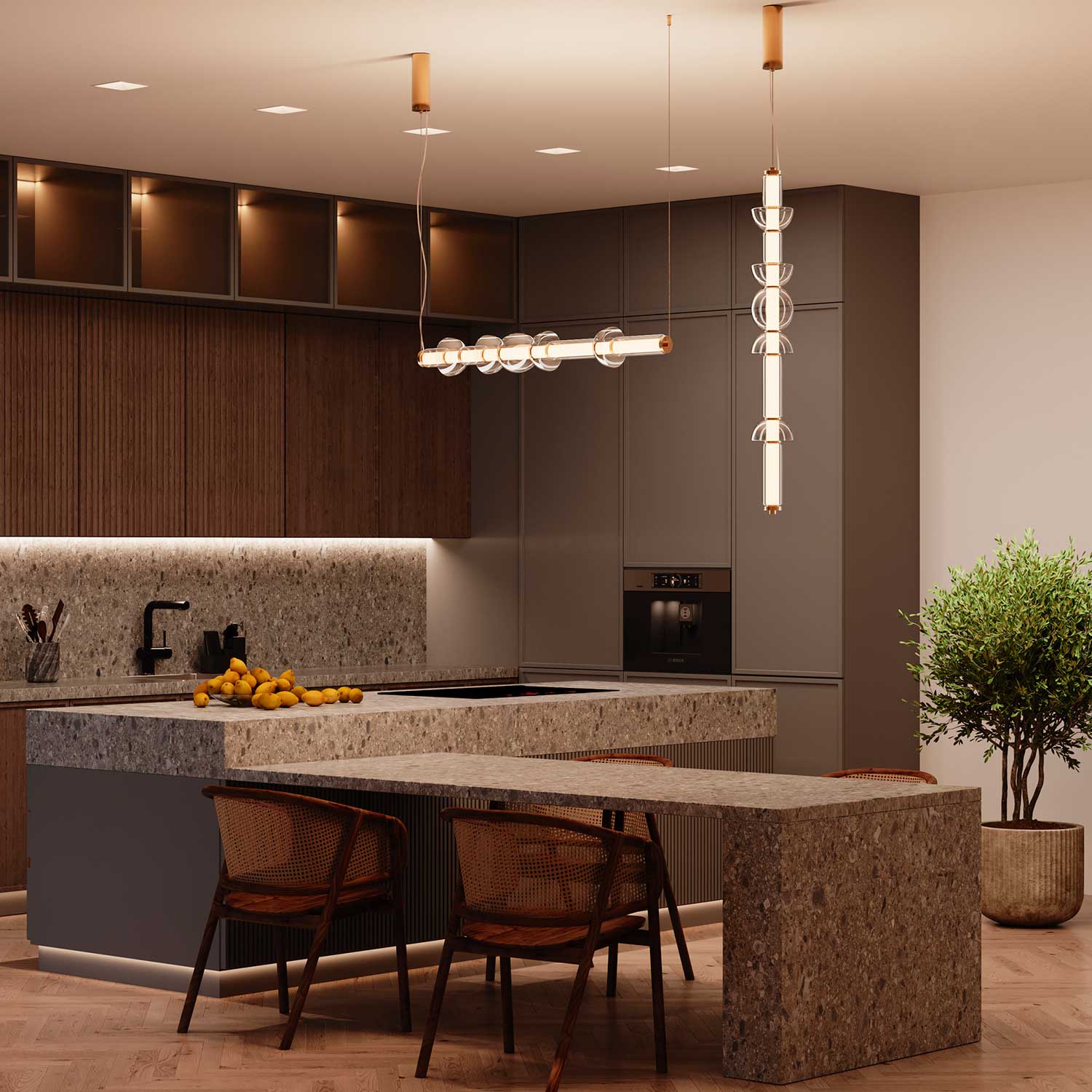
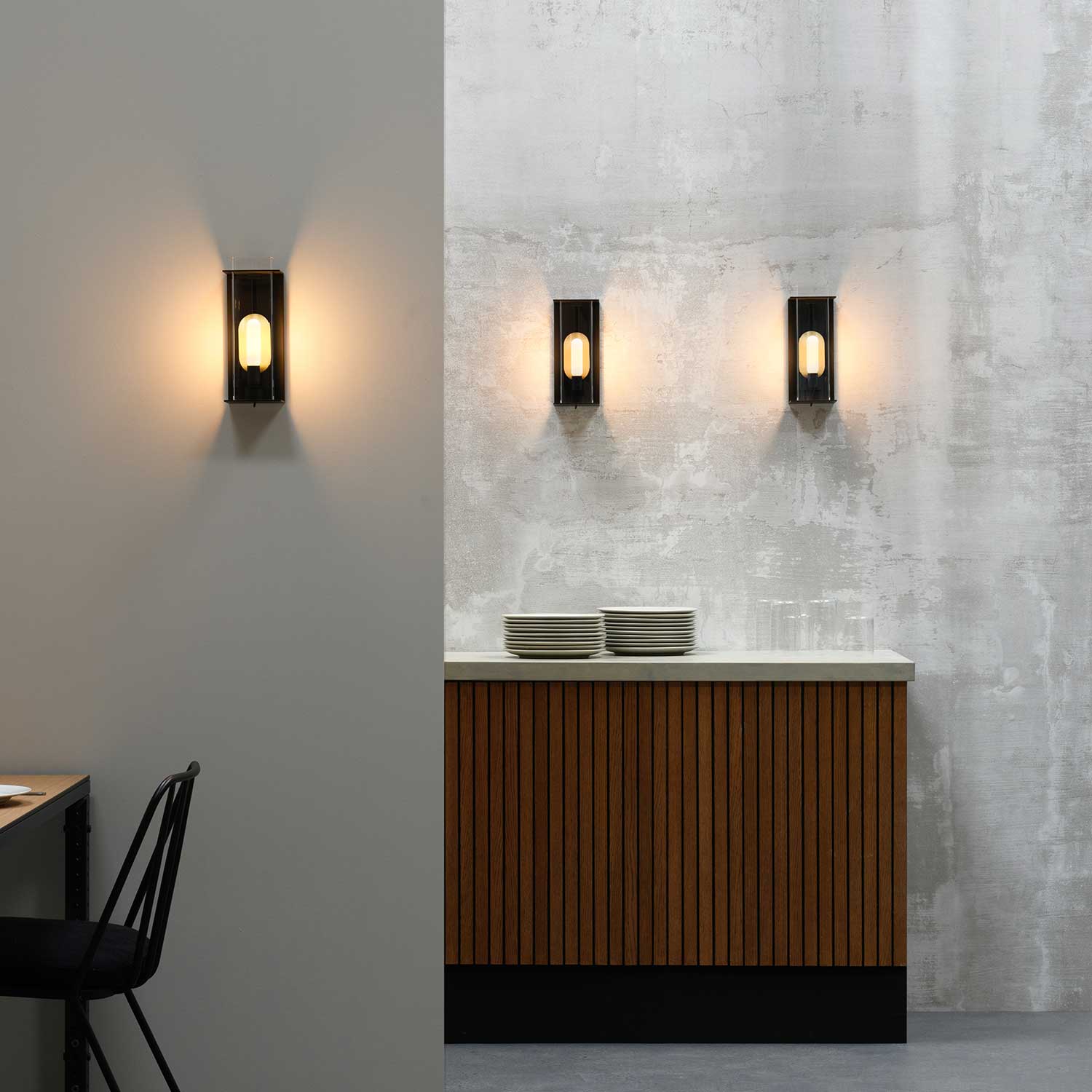
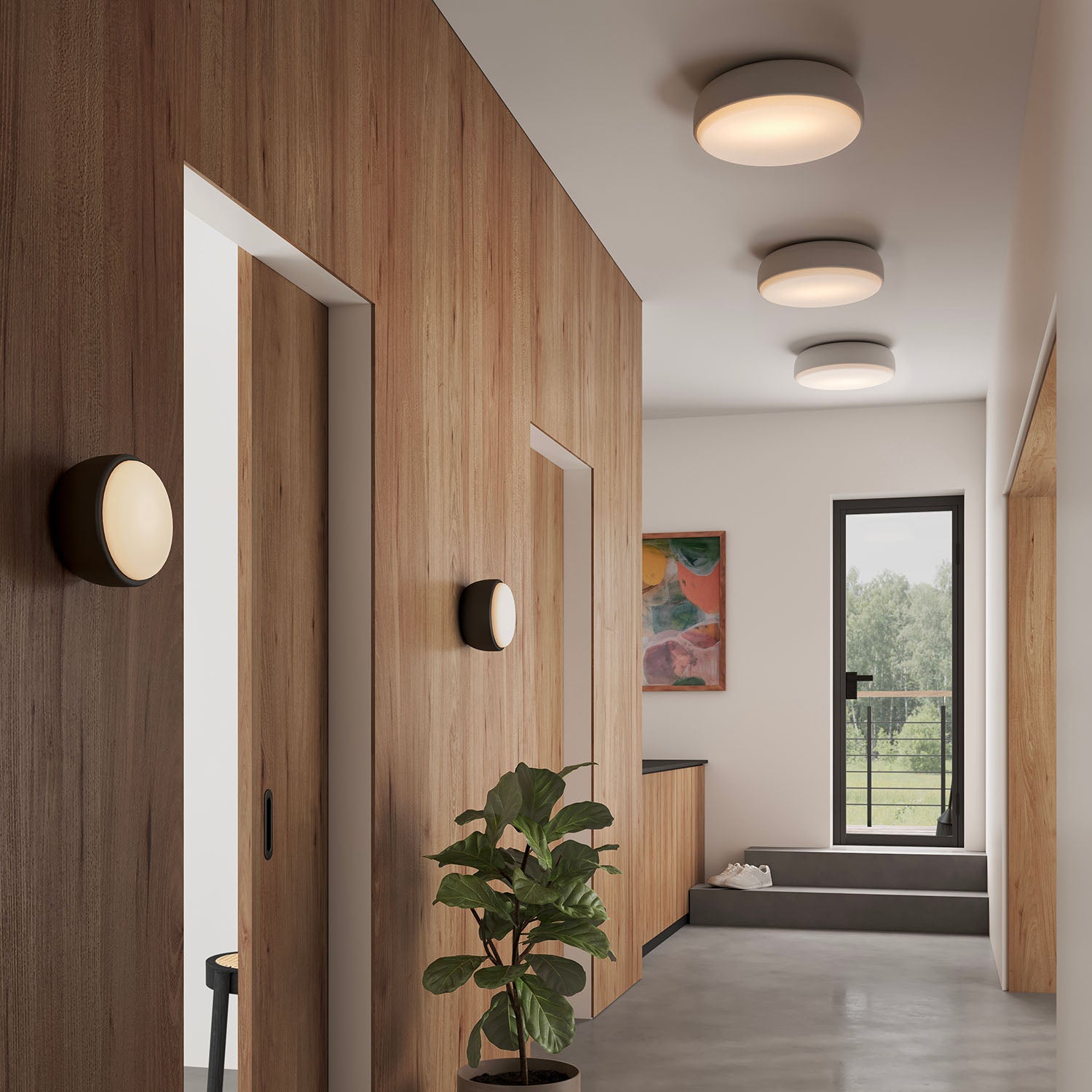
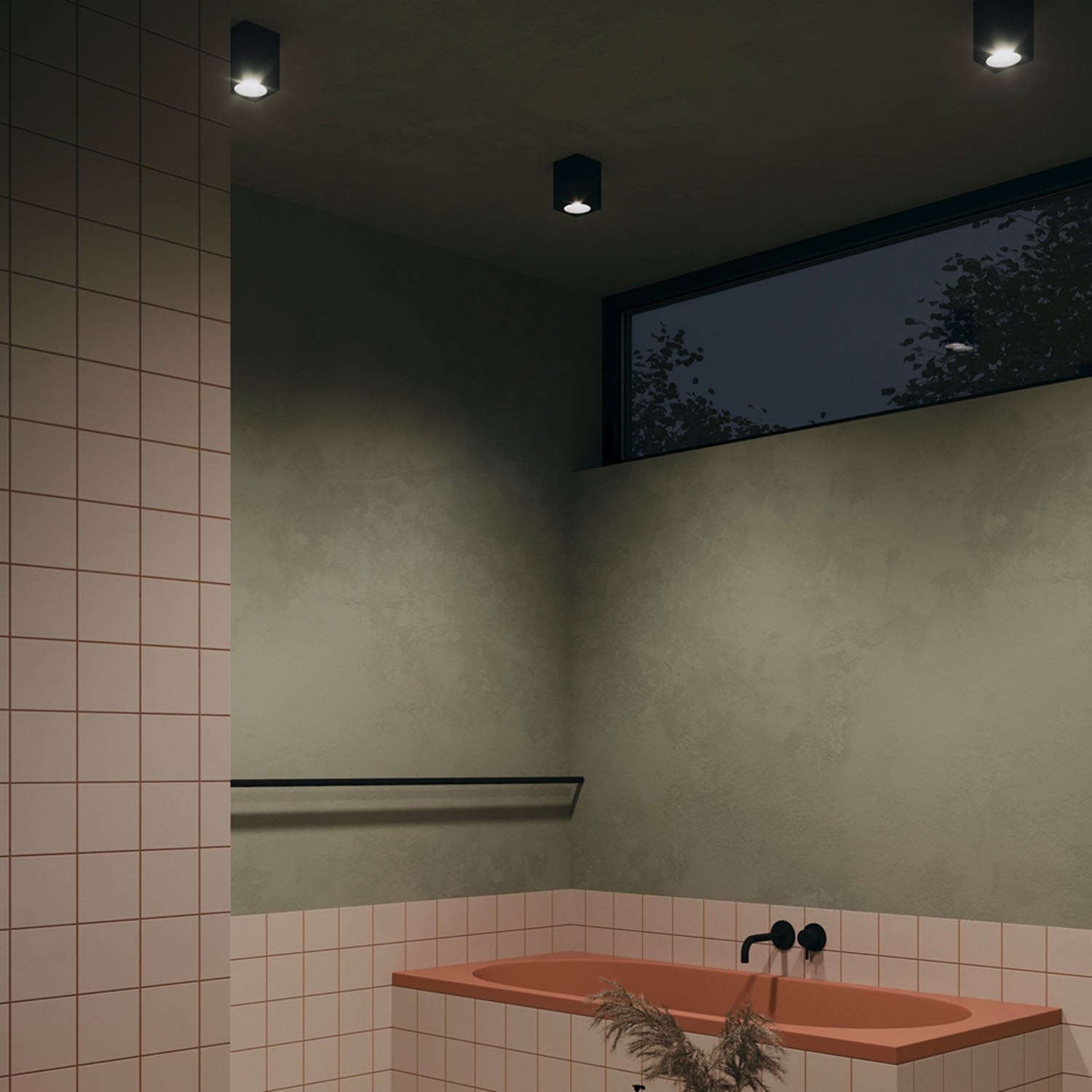
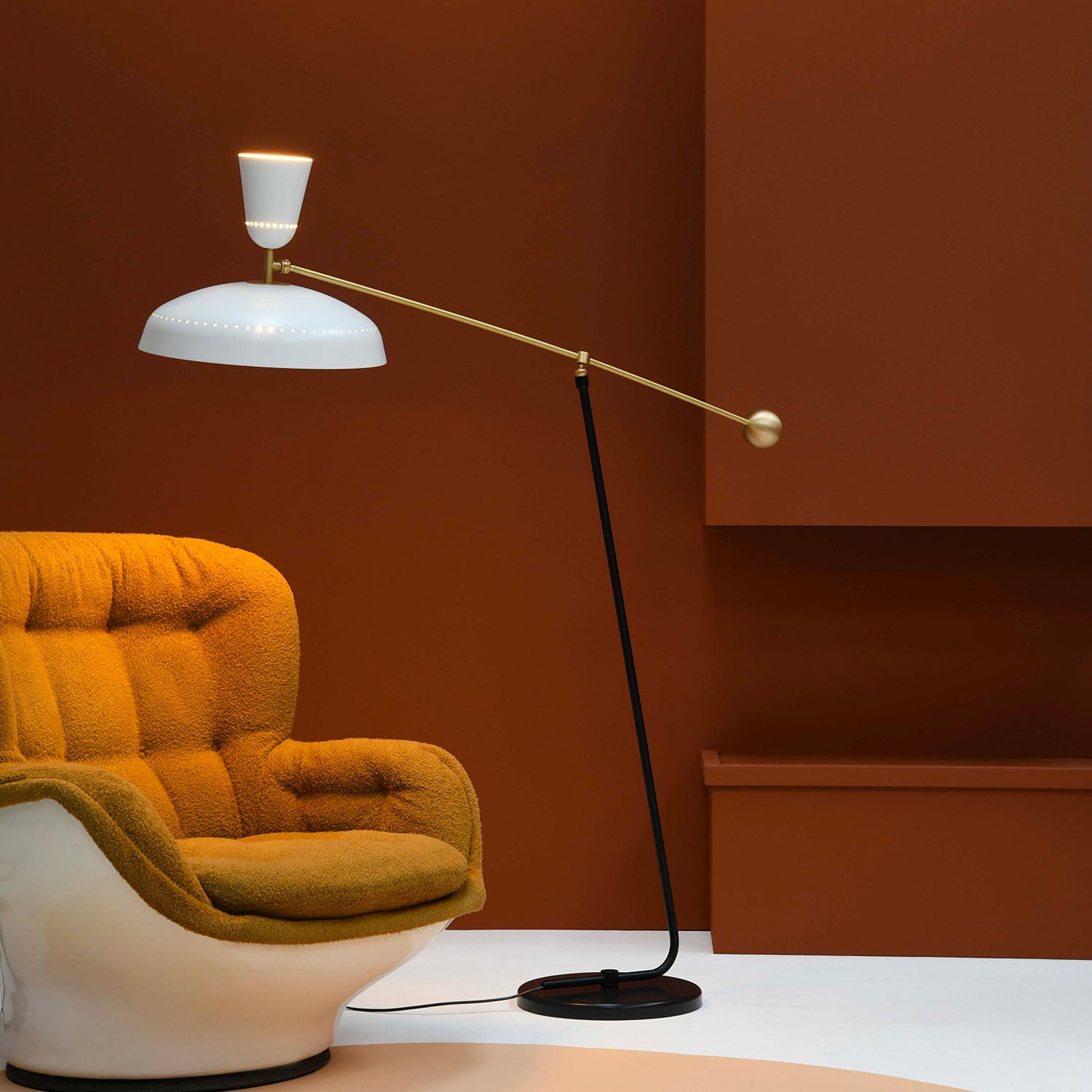
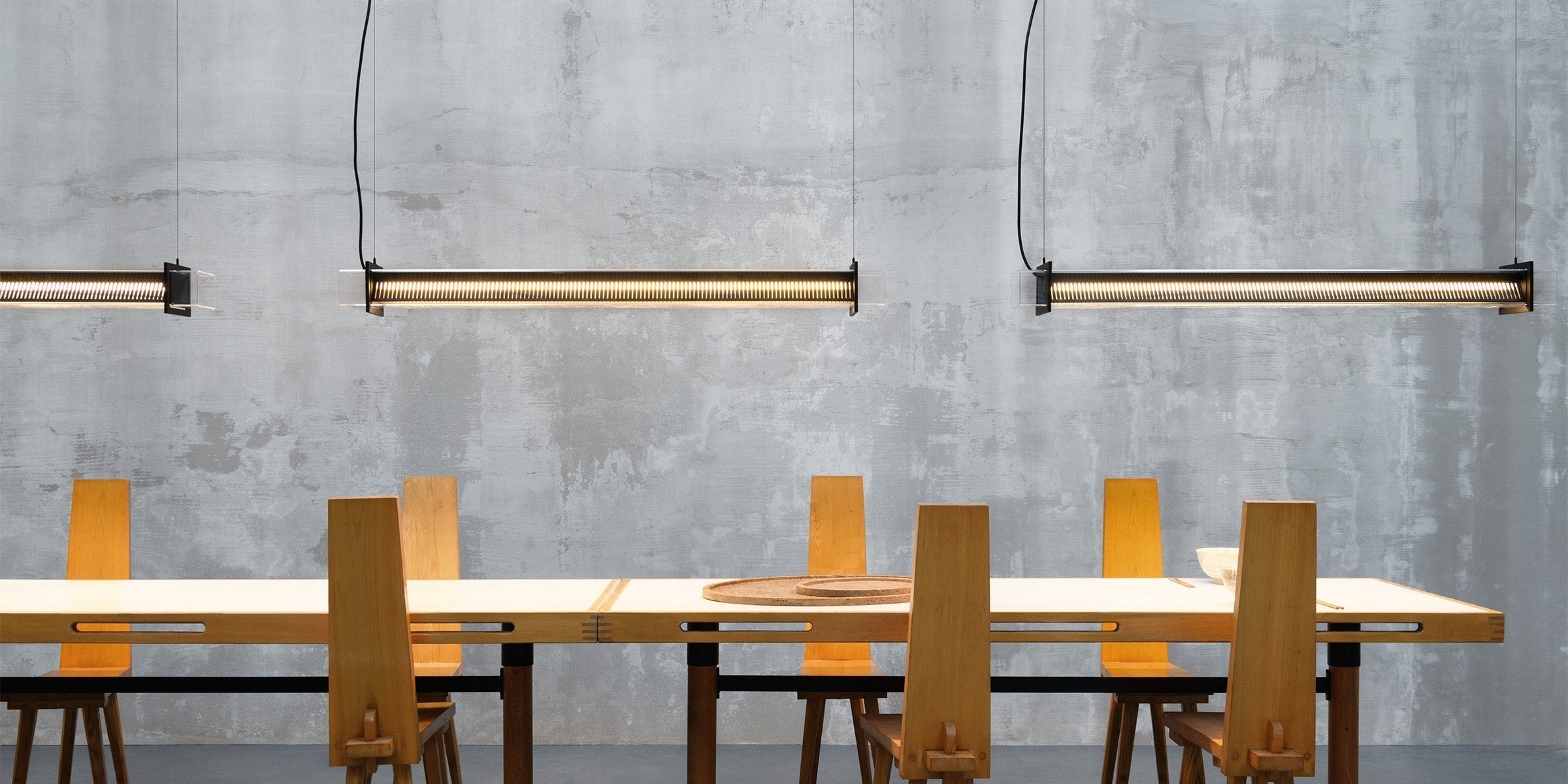
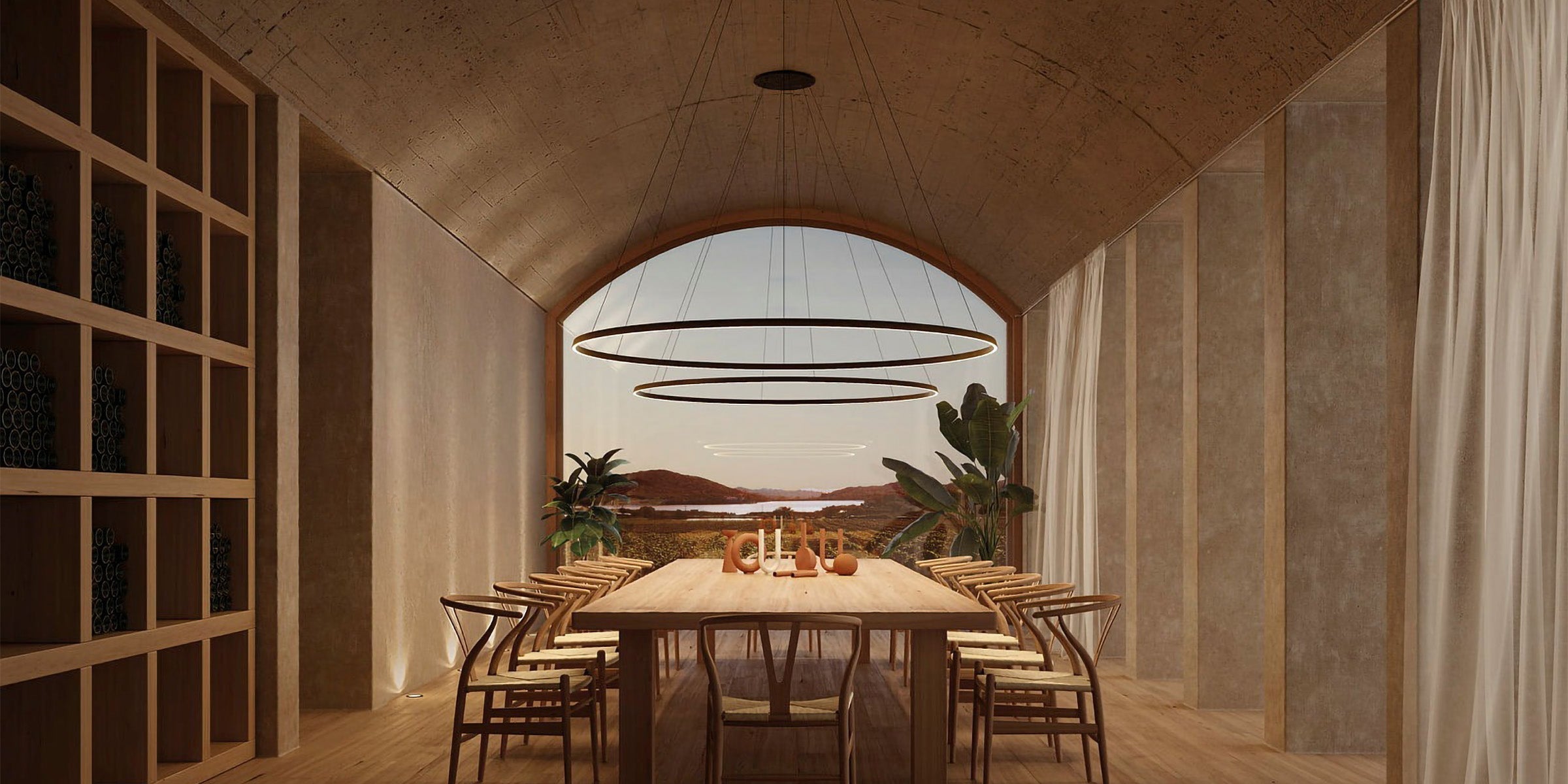
Leave a comment
This site is protected by hCaptcha and the hCaptcha Privacy Policy and Terms of Service apply.